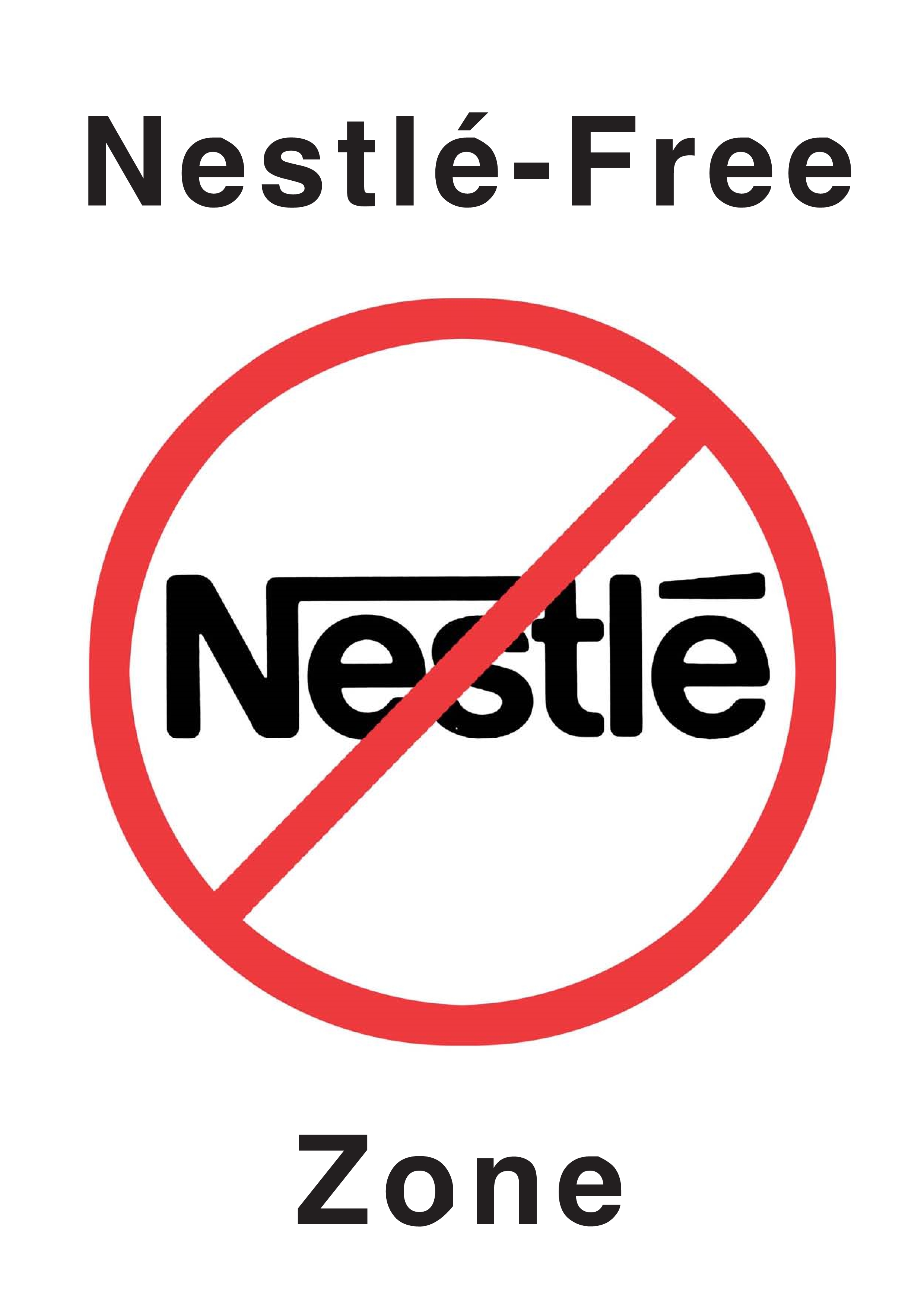A korai bőrkontaktus támogatása 10 lépésben - gyakorlati útmutató családoknak, szakembereknek
 A korai kötődés, azaz bonding – már a születés, szülés előtt, illetve a szül(et)és pillanatában megkezdődik. Elengedhetetlen, hogy a gyermek és az anya elválasztását meggátoljuk az élet első pillanataiban, óráiban, napjaiban. A korai kapcsolat támogatása alapvető fontosságú minden gyermeknél, de ennél is lényegesebb a koraszülötteknél és császármetszéssel világrajötteknél, traumatizált anyáknál. A szül(et)éssel egyaránt megváltoznak mind a gyermek, mind az anya neuropszichológiai mechanizmusai. A bőrkontaktus elősegíti a szülővé válást, az újszülött adaptálódását, a természetes, egészséges bio-pszicho-szociális, spirituális folyamatok kibontakozását, megvalósul a kolonizáció, immunológiai, fiziológiai szempontból is az ideális kezdetet kapja meg a kisbaba.
A korai kötődés, azaz bonding – már a születés, szülés előtt, illetve a szül(et)és pillanatában megkezdődik. Elengedhetetlen, hogy a gyermek és az anya elválasztását meggátoljuk az élet első pillanataiban, óráiban, napjaiban. A korai kapcsolat támogatása alapvető fontosságú minden gyermeknél, de ennél is lényegesebb a koraszülötteknél és császármetszéssel világrajötteknél, traumatizált anyáknál. A szül(et)éssel egyaránt megváltoznak mind a gyermek, mind az anya neuropszichológiai mechanizmusai. A bőrkontaktus elősegíti a szülővé válást, az újszülött adaptálódását, a természetes, egészséges bio-pszicho-szociális, spirituális folyamatok kibontakozását, megvalósul a kolonizáció, immunológiai, fiziológiai szempontból is az ideális kezdetet kapja meg a kisbaba.

 Azok az egy és öt év közötti gyermekek, akiket szüleik amiatt visznek orvoshoz, mert nem esznek rendesen, többségében egészségesek és az életkoruknak, növekedési ütemüknek megfelelő étvággyal rendelkeznek. A túlzott szülői elvárások szükségtelen aggodalmat eredményezhetnek, és az értelmetlen fegyelmezések, büntetések fokozhatják az ételek elutasítását. Részletes kórtörténet és általános fizikális vizsgálat szükséges az akut és krónikus betegségek kizárásához. Készíttessünk táplálkozási naplót és vizsgáljuk meg a gyermek étkezésére vonatkozó szülői elvárásokat. Amennyiben a gyermek evést "elutasító" magatartása irreális szülői elvárásokból ered, nyugtassuk meg a szülőket, valamint tájékoztassuk őket az ilyen életkorú gyermekek normális növekedéséről, fejlődéséről.
Azok az egy és öt év közötti gyermekek, akiket szüleik amiatt visznek orvoshoz, mert nem esznek rendesen, többségében egészségesek és az életkoruknak, növekedési ütemüknek megfelelő étvággyal rendelkeznek. A túlzott szülői elvárások szükségtelen aggodalmat eredményezhetnek, és az értelmetlen fegyelmezések, büntetések fokozhatják az ételek elutasítását. Részletes kórtörténet és általános fizikális vizsgálat szükséges az akut és krónikus betegségek kizárásához. Készíttessünk táplálkozási naplót és vizsgáljuk meg a gyermek étkezésére vonatkozó szülői elvárásokat. Amennyiben a gyermek evést "elutasító" magatartása irreális szülői elvárásokból ered, nyugtassuk meg a szülőket, valamint tájékoztassuk őket az ilyen életkorú gyermekek normális növekedéséről, fejlődéséről.